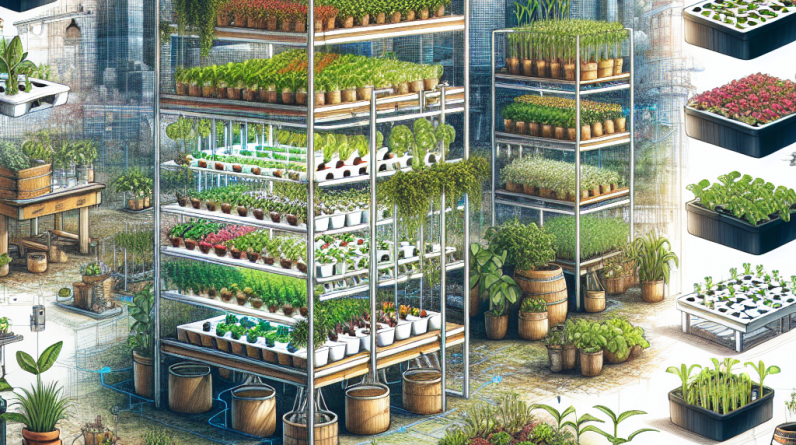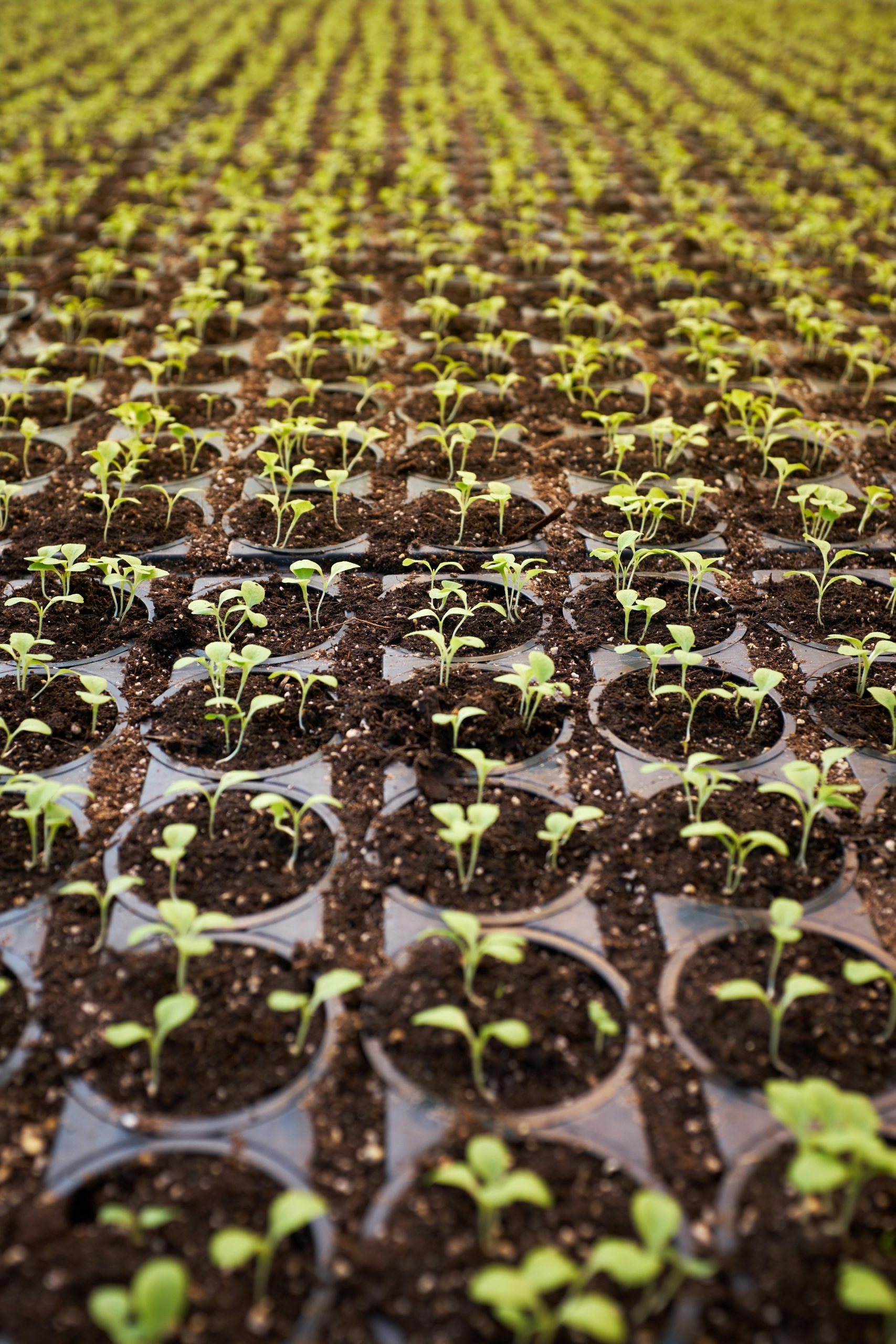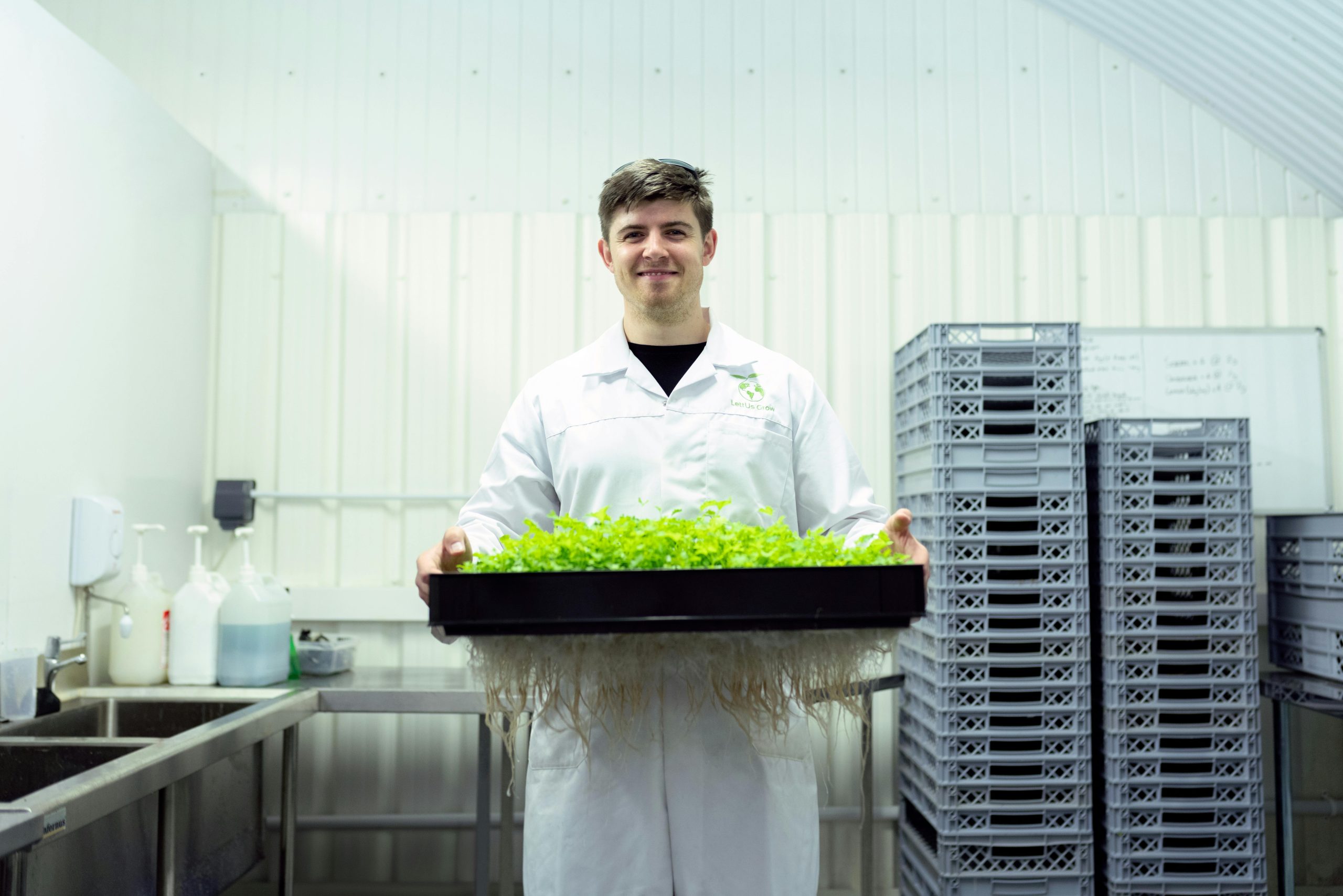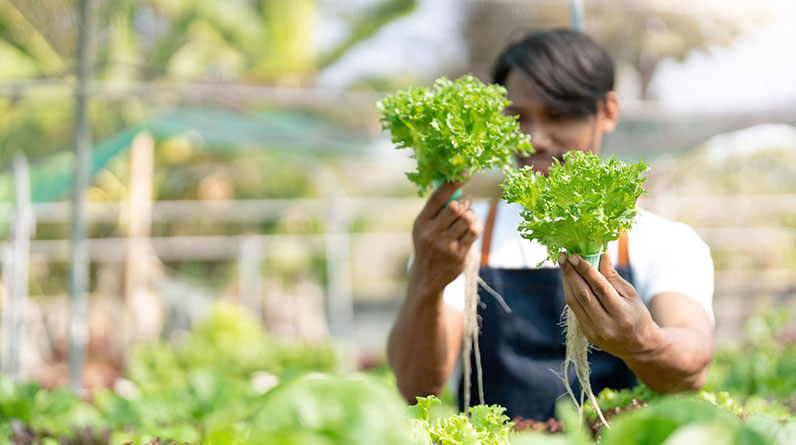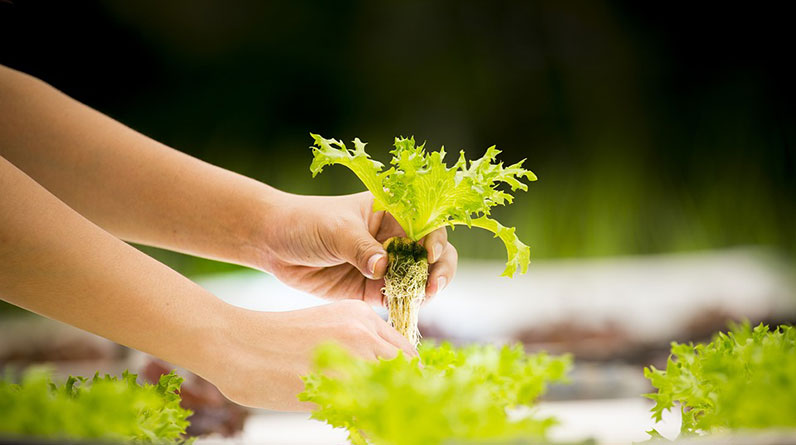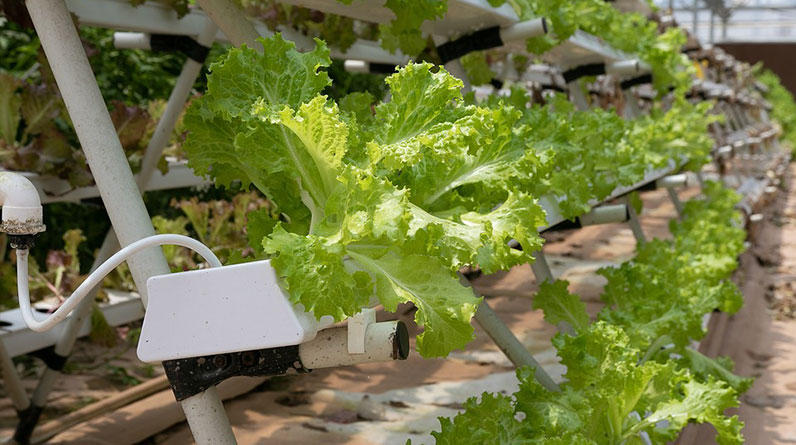
Hydroponic gardening offers many benefits, but it also comes with challenges. In this article, we explore some of the difficulties of hydroponic gardening and provide tips to overcome them.
Overcoming Challenges to Hydroponic Gardening:
Hydroponic gardening has gained popularity as an efficient and sustainable way to grow crops in a controlled environment. The method involves growing plants without soil, using nutrient solutions for their growth instead. While hydroponic gardening offers numerous benefits, such as higher crop yields and reduced water usage, it also comes with its own set of challenges. In this article, we look at some of the difficulties of hydroponic gardening and how to overcome them.
1. Temperature Control
One of the key challenges of hydroponic gardening is temperature control. The nutrient solution needs to be maintained at an optimal temperature for the plants to thrive. If the temperature is too low, the plants may not grow properly, and if it’s too high, the water can become oxygen-depleted and lead to root rot. To overcome this challenge, it’s important to invest in a good quality water chiller or heater, depending on your needs. Additionally, using a thermometer to monitor the water temperature regularly can help prevent any sudden changes.
2. pH Balance
Maintaining proper pH levels is crucial for the growth and development of hydroponic plants. The ideal pH range for most plants is between 5.5 to 6.5. If the pH level is too high or too low, the plants may be unable to absorb the necessary nutrients, leading to stunted growth or even death. To overcome this challenge, it’s essential to test the pH levels regularly using a pH meter or litmus paper. If the pH level falls outside of the ideal range, add the appropriate solution to bring it back to normal.
3. Nutrient Balance
Providing the right amount of nutrients is essential for healthy plant growth. Hydroponic systems require a nutrient-rich solution to provide for plant needs. However, it’s essential not to over or underdose the solution as it can lead to plant damage. Overdosing can lead to nutrient toxicity, which can harm the plant’s roots while significantly reducing the crop yield. Underdosing, on the other hand, can hinder the plant’s growth and development, resulting in stunted growth. To overcome this challenge, buy quality hydroponic nutrients, follow manufacturer instructions.
4. Lighting
In hydroponic gardening, lighting plays a crucial role in plant growth, and getting it right can be challenging. Plants need light to photosynthesize and produce food. Also, they need darkness for optimal growth. Providing too little or too much light can affect the growth cycle of plants, leading to reduced yields. To get the optimal lighting, invest in high-quality LED grow lights that provide adequate light without producing too much heat. Also, adjust the lighting cycles based on the type and stage of plants you are growing.
5. Pests and Diseases
Just like soil gardening, pests and diseases can be a significant challenge in hydroponic gardening. Pests such as aphids, spider mites, and whiteflies can significantly impact the yield of a crop. Bacteria and fungi, on the other hand, can cause root rot, leading to the death of the plant. To prevent pests and diseases, it’s essential to maintain a clean environment for the plants. Additionally, using organic pesticides, maintaining proper lighting, nutrient balance, and temperature control can help prevent pests and diseases.
Conclusion:
Hydroponic gardening is an innovative and sustainable way of growing plants. However, it comes with its own set of challenges. Maintaining the right temperature, pH balance, nutrient balance, and lighting requires extra effort from the gardener. However, with the right knowledge and tools, these challenges can be addressed. By providing the correct environment for the plants to thrive, hydroponic gardening can provide higher yields and more substantial profits.


